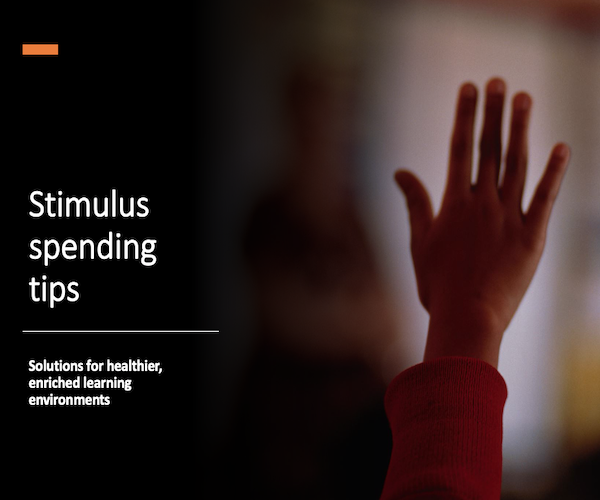Opportunity for K-12 students sits at the cross-section of what they know and who they know, say researchers at a think tank that studies disruptive concepts in education and industry
Personal connections help students build confidence, identity, and agency, and play a key role in young people’s access to career planning and growth, say the authors of “5 Steps for Building & Strengthening Students’ Networks” a new guidebook from the Clayton Christensen Institute.
Ultimately, these networks allow students to accumulate “social capital,” which the authors define as “access and ability to mobilize relationships that help them further their potential and goals as they inevitably shift over time.”
In the earliest grades, social capital can improve grades, well-being and engagement. As students get older, networks expand students’ sense of future possibilities and expose students to a wider range of professionals.
More from DA: A big city’s 3 solutions for COVID barriers to college
In college and beyond, these connections open up internship and job opportunities and give students wider access to professional networks and supports. Educators can measure networks by determining the number and diversity of people that a student knows, and how the student describes their experiences of relationships.
The report covers tools and tactics educators can implement in standalone programming or courses, as the authors also urge users to treat network-building as a systemwide goal.
Here are the five key steps:
1. Take stock: Getting to know who your students know.
Educators can map students’ strong and weak ties, including where relationships were formed (such as in school or extra-curricular activities).

This is also the step where educators help students begin to understand the meaning and value of social capital.
2. Shore up support networks: Ensuring every student has access to a web of supportive relationships.
Educators should identify the peers and adults to whom a student turns for support, and how those individuals are connected to each other
and the student.
Educators can also gauge a student’s level of comfort in seeking, activating and mobilizing support from their networks.
3. Expand networks to expand opportunities: Helping students forge new connections.
Students must be encouraged to develop connections in programs outside of school, including at jobs and other career-related experiences.
It is important for students to understand whether these connections are willing to open up their networks and the racial and socioeconomic diversity of their networks.
Educators should also assess students’ ability to name connections across or within specific professional industries.
4. Leverage ed-tech that connects: Bringing new relationships within reach for students.
Students and advisors can track the number and type of relationships forged through ed-tech tools.
Students should be able to track the growth of these relationships and be intentional about remaining engaged through technology.
5. Build networks that last: Making sure your students remain connected and continue to expand their networks.
The success of networks also depends on how much time a student spends with friends and connections outside of school and other formal programs.
This where a student’s relationship skills, and their degree of trust in and satisfaction with their individuals in their networks, become top considerations.









